The Best Companion Plants For Calendula
The Best Companion Plants for Calendula
Calendula is a beautiful and versatile flower that can be grown in a variety of settings. It is also a great companion plant for other vegetables and herbs, as it can help to deter pests and attract beneficial insects.
In this blog post, we will discuss the best companion plants for calendula. We will also cover the benefits of companion planting and how to choose the right companions for your garden.
Benefits of Companion Planting
Companion planting is a gardening practice that involves planting certain plants together to benefit each other. There are many benefits to companion planting, including:
- Increased crop yields: Companion plants can help to increase crop yields by attracting beneficial insects, deterring pests, and improving soil health.
- Improved plant health: Companion plants can help to improve plant health by providing shade, windbreaks, and other forms of protection.
- Reduced pest and disease problems: Companion plants can help to reduce pest and disease problems by attracting beneficial insects, deterring pests, and breaking the pest lifecycle.
- Enhanced beauty: Companion planting can also enhance the beauty of your garden by creating a more diverse and interesting landscape.
How to Choose Companion Plants for Calendula
When choosing companion plants for calendula, there are a few factors to consider:
- Planting requirements: Calendula prefers full sun and well-drained soil. When choosing companion plants, it is important to select plants that have similar planting requirements.
- Pest and disease resistance: Calendula is relatively resistant to pests and diseases. However, it can still be susceptible to some problems, such as aphids and powdery mildew. When choosing companion plants, it is a good idea to select plants that are resistant to the same pests and diseases as calendula.
- Attraction of beneficial insects: Calendula is a magnet for beneficial insects, such as ladybugs, hoverflies, and bees. These insects help to control pests and pollinate flowers. When choosing companion plants, it is a good idea to select plants that also attract beneficial insects.
The Best Companion Plants for Calendula
Here are some of the best companion plants for calendula:
- Asparagus: Asparagus helps to repel aphids and other pests from calendula. It also helps to improve the flavor of asparagus.

- Beans: Beans help to fix nitrogen in the soil, which benefits calendula. They also help to deter aphids and other pests.
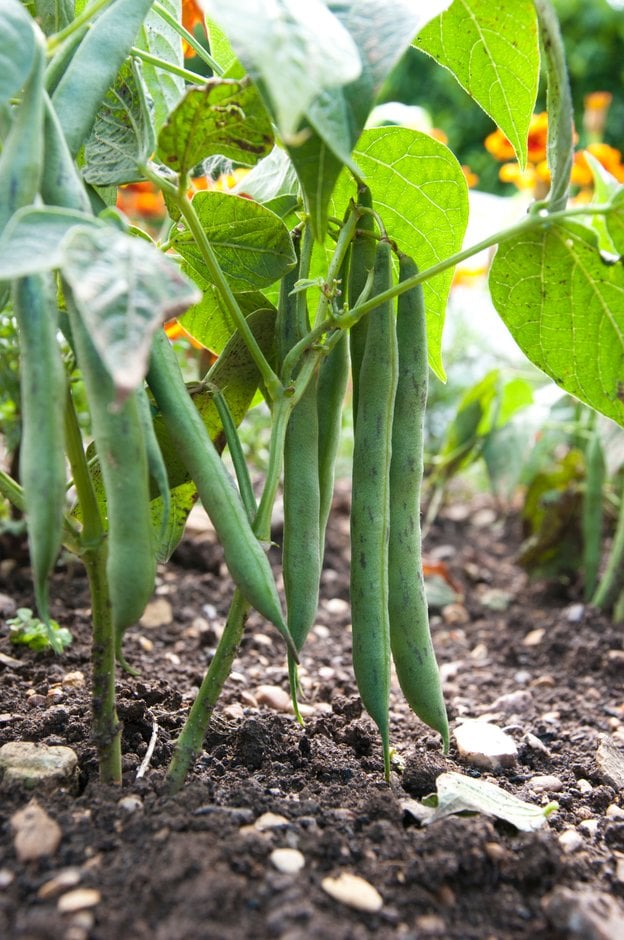-(2).jpg)
- Broccoli: Broccoli helps to repel cabbage moths and other pests from calendula. It also helps to improve the flavor of broccoli.

- Carrots: Carrots help to repel carrot fly and other pests from calendula. They also help to improve the flavor of carrots.
- Cucumbers: Cucumbers help to repel cucumber beetles and other pests from calendula. They also help to improve the pollination of cucumbers.
- Herbs: Many herbs make good companion plants for calendula. Some of the best herbs to plant with calendula include basil, dill, mint, oregano, and rosemary.
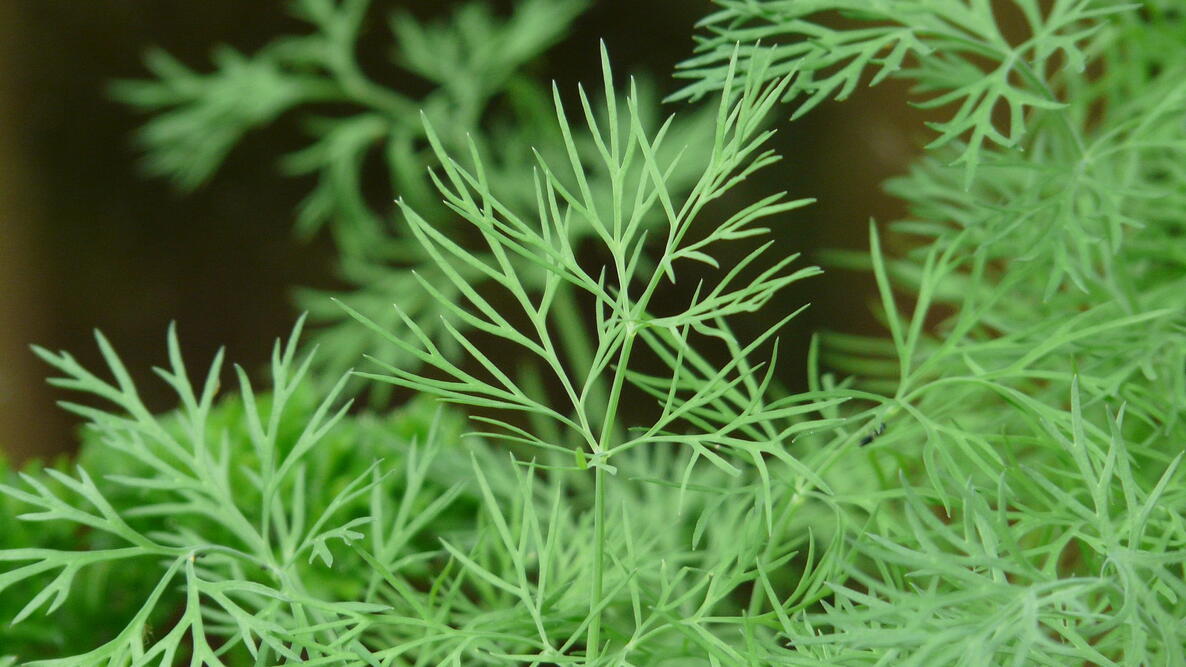
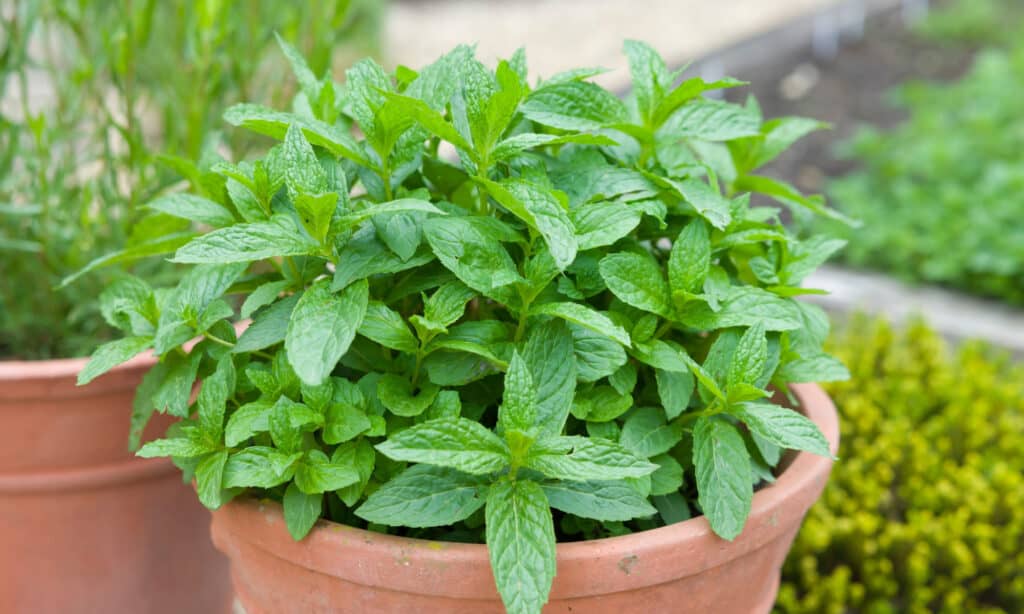

- Potatoes: Potatoes help to repel potato beetles and other pests from calendula. They also help to improve the flavor of potatoes.

- Pumpkins: Pumpkins help to repel squash bugs and other pests from calendula. They also help to improve the pollination of pumpkins.

- Tomatoes: Tomatoes help to repel nematodes and other pests from calendula. They also help to improve the flavor of tomatoes.
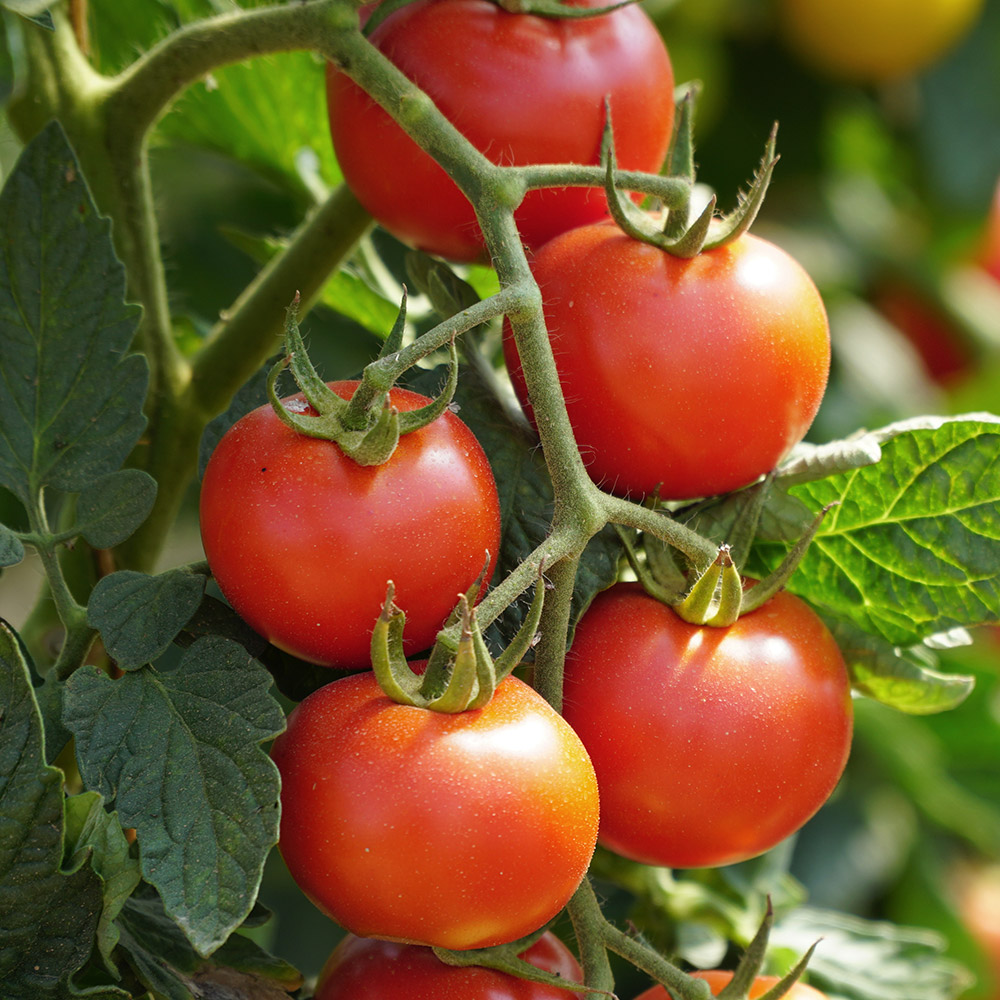
Conclusion
Calendula is a beautiful and versatile flower that can be grown in a variety of settings. It is also a great companion plant for other vegetables and herbs, as it can help to deter pests and attract beneficial insects.
By following the tips in this blog post, you can choose the best companion plants for your calendula and create a thriving garden.
Calendula is a beautiful and versatile plant that has been used for centuries for its medicinal and culinary properties. But did you know that calendula can also be a great companion plant?
There are a number of other plants that can benefit from being grown near calendula. For example, calendula can help to repel pests, attract pollinators, and improve the overall health of the soil.
If you're interested in learning more about calendula companion plants, I recommend visiting Gardenia Inspiration. This website has a wealth of information on the topic, including a list of the best companion plants for calendula, as well as tips on how to plant and care for these plants.
FAQ of calendula companion
1. What are the best companion plants for calendula?
Calendula is a great companion plant for a variety of other vegetables and herbs. Some of its best companions include:
- Beans: Calendula can help to attract aphids away from beans, which can help to keep your bean plants healthy.
- Cucumbers: Calendula can help to repel cucumber beetles, which can damage cucumber plants.
- Peas: Calendula can help to improve the growth of pea plants.
- Carrots: Calendula can help to deter carrot flies, which can damage carrot plants.
- Asparagus: Calendula can help to improve the flavor of asparagus.
2. What are the benefits of companion planting with calendula?
There are many benefits to companion planting with calendula. Some of these benefits include:
- Attracting beneficial insects: Calendula can attract beneficial insects, such as ladybugs and hoverflies, which can help to control pests.
- Reducing the risk of disease: Calendula can help to reduce the risk of disease in other plants by attracting pests and diseases away from them.
- Improving soil quality: Calendula can help to improve soil quality by adding nutrients and organic matter.
- Attracting pollinators: Calendula is a flowering plant, so it can attract pollinators, such as bees and butterflies, which can help to pollinate other plants in your garden.
3. How do I plant calendula with other plants?
When planting calendula with other plants, it is important to consider the spacing requirements of both plants. Calendula plants need about 12 inches of space between them, so you will need to make sure that there is enough space for both plants to grow.
It is also important to consider the sunlight requirements of both plants. Calendula plants need full sun, so you will need to plant them in an area that gets at least 6 hours of sunlight per day.
4. What are some common problems with companion planting with calendula?
There are a few common problems that can occur with companion planting with calendula. These problems include:
- Competing for nutrients: Calendula plants can be heavy feeders, so they may compete with other plants for nutrients.
- Attracting pests: Calendula plants can attract pests, such as aphids and spider mites.
- Disease: Calendula plants can be susceptible to diseases, such as powdery mildew.
5. How can I prevent problems with companion planting with calendula?
There are a few things you can do to prevent problems with companion planting with calendula. These include:
- Choose the right companions: When choosing companions for calendula, it is important to choose plants that have similar sunlight and water requirements.
- Plant calendula in a well-drained soil: Calendula plants do not like wet feet, so it is important to plant them in a well-drained soil.
- Monitor your plants for pests and diseases: It is important to monitor your plants for pests and diseases, and take action if you see any problems.
Image of calendula companion
- Calendula and tomatoes: Calendula is a good companion plant for tomatoes because it helps to deter pests, such as nematodes and whiteflies. It also attracts pollinators, which helps to improve the pollination of tomatoes.
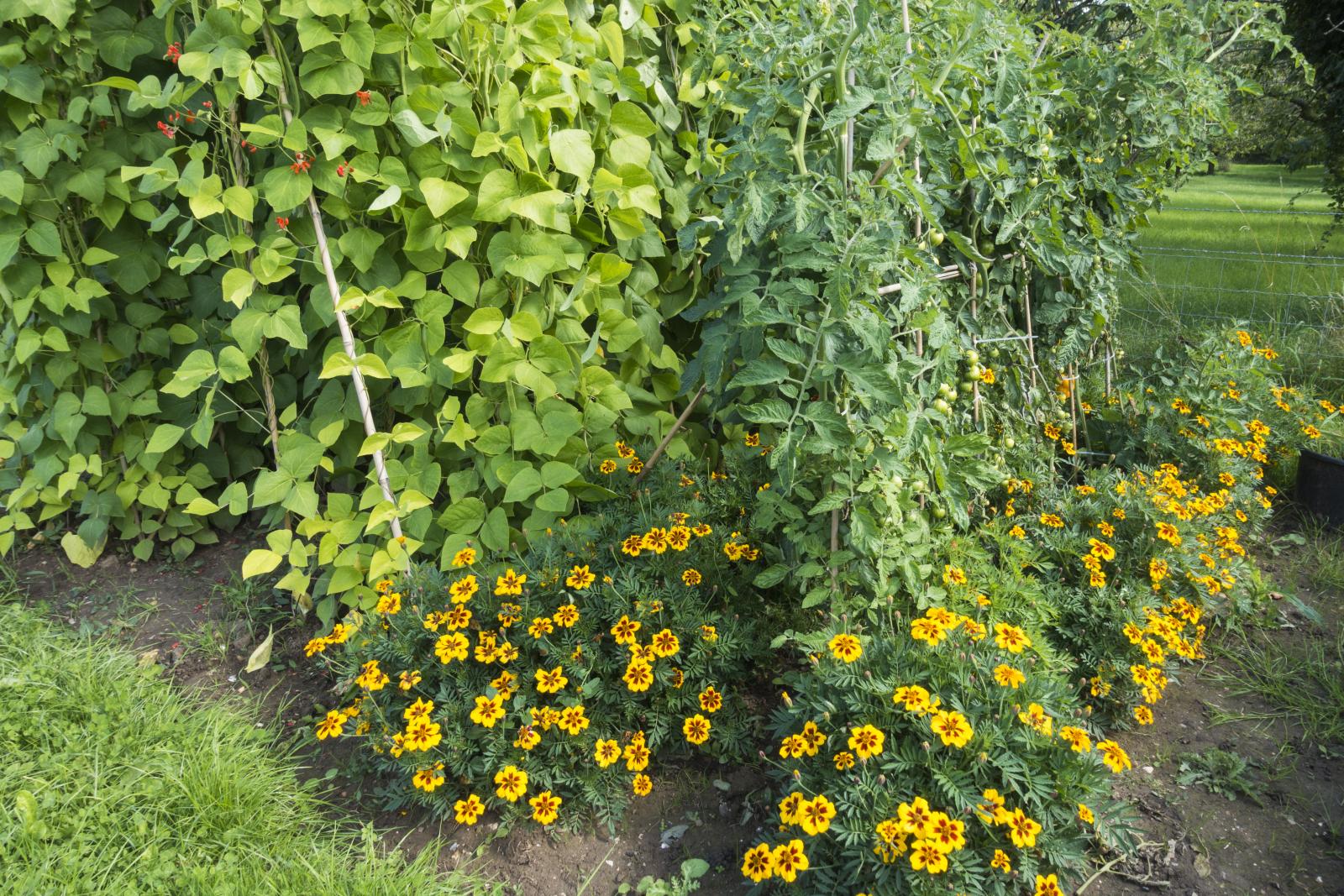
- Calendula and cucumbers: Calendula and cucumbers are another good companion plant combination. Calendula helps to repel pests, such as cucumber beetles, and it also helps to improve the flavor of cucumbers.

- Calendula and carrots: Calendula and carrots are also good companions. Calendula helps to deter carrot root fly, and it also helps to improve the flavor of carrots.

- Calendula and asparagus: Calendula and asparagus are a good companion plant combination because they help to improve each other's growth. Calendula helps to deter asparagus beetles, and asparagus helps to improve the drainage of the soil for calendula.
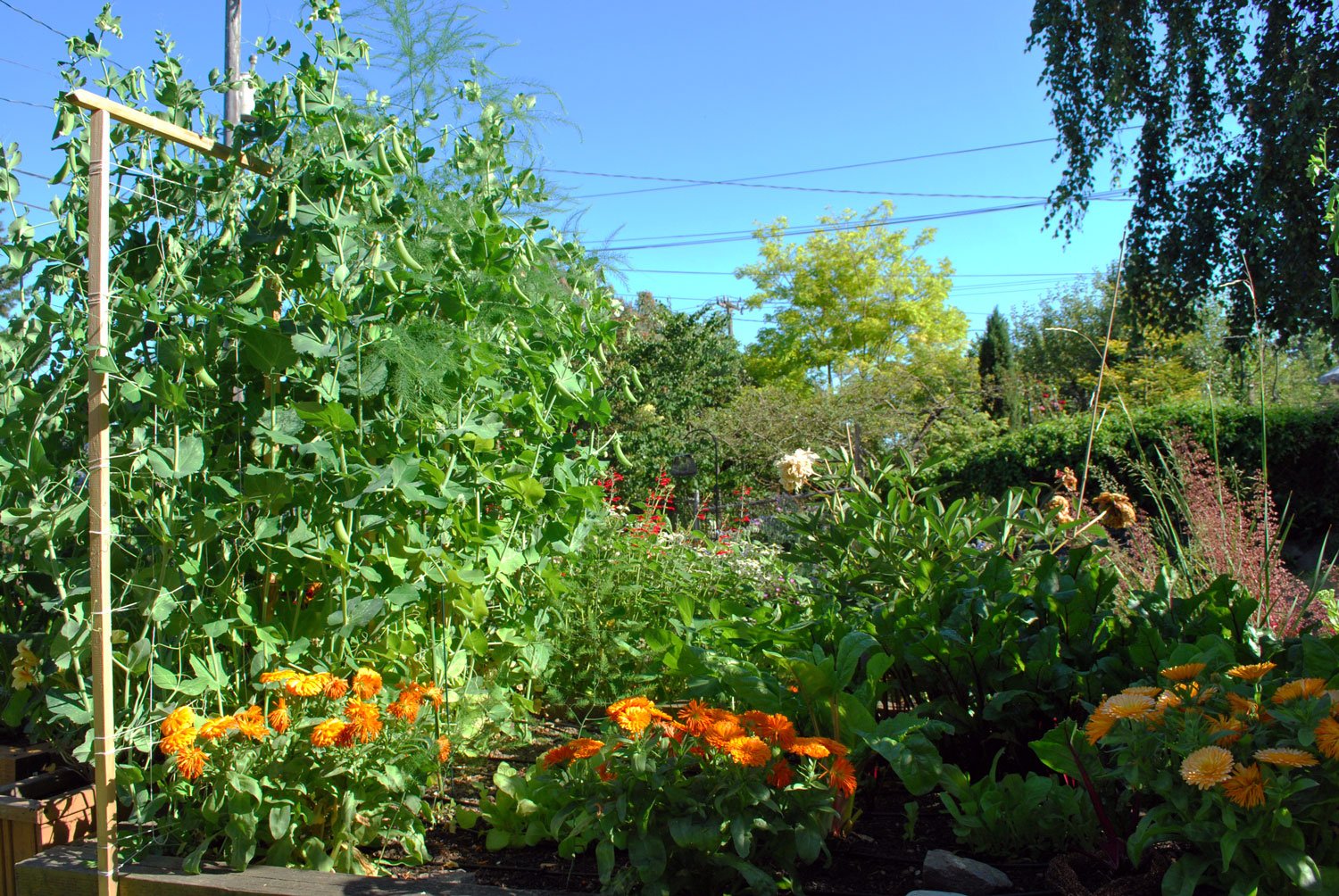
- Calendula and beans: Calendula and beans are also good companions. Calendula helps to attract pollinators, which helps to improve the pollination of beans. It also helps to deter aphids and other pests.

Post a Comment for "The Best Companion Plants For Calendula"